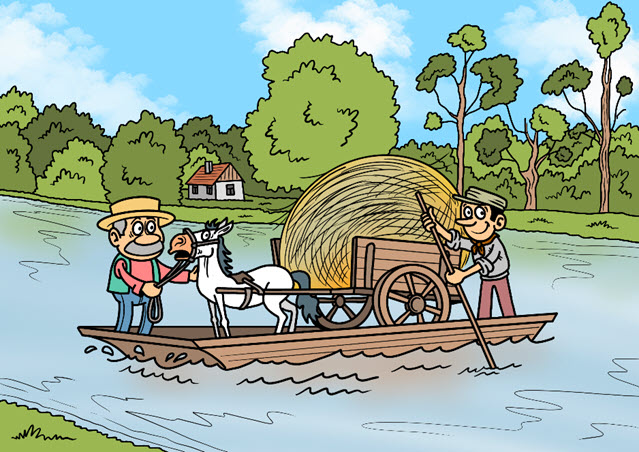A toll registry from the year 1469 attests to early commercial trading at the Morava River border, between Drösing and Veľké Leváre. Some 180 years later, there were regular ferries across the river. Passengers, carriages, and hay wagons were hauled across from one bank to the other on large rafts. Poultry and vegetables as well as timber from sawmills were brought in this way into the Weinviertel region. Going the other direction, Slovak restaurant owners imported wine from Austria. Residents of Drösing commuted to fields on the other side of the Morava. Work in the vineyards was not possible without support from Slovak workers. In the 1870s, plans to construct a bridge began to circulate, but there were not sufficient funds to put such a plan into place. The Fradinger inn at the Drösing crossing has become a legend. It was located at the place where goods were shipped, with many transporters visiting the locale, including many Slovaks. It was a hub for employers and job seekers. Barrier-free border crossings ended in 1918. By 1945 the ferry service was completely shut down. The Iron Curtain put a wedge between erstwhile friendly relations among neighbours, with a disconcerting quiet setting in. Ewald Strohmayr from Drösing recalls that ‘In the time of the Cold War, there was absolutely nothing going on.’ He would even let his first car stay outside, unprotected, without any worry. The only disturbance to the isolation was the sound of airplanes in 1968, when troops from the Warsaw Pact came to put an end to the reforms of the Czechoslovak party leadership. Since 1989, life has returned along the old border.


